
12 Aug Tree Disease Identification: How to Spot the Most Common Issues
Trees are the silent sentinels of our landscapes, providing shade, beauty, and environmental benefits. Yet these majestic plants can fall victim to various diseases that threaten their health and longevity. Identifying tree diseases early is crucial for effective treatment and preservation of your valuable landscape assets.
Many homeowners and property managers struggle to recognize the warning signs until significant damage has occurred. This comprehensive guide will equip you with the knowledge to spot common tree diseases before they become severe problems.
At Price Right Trees, we’ve seen countless cases where early intervention saved trees that would otherwise have been lost. Understanding what to look for can make all the difference in preserving the health and beauty of your landscape. Whether you’re a homeowner caring for a few trees or a property manager responsible for extensive grounds, this guide will help you develop a watchful eye for tree health issues.
Understanding the Importance of Early Disease Detection
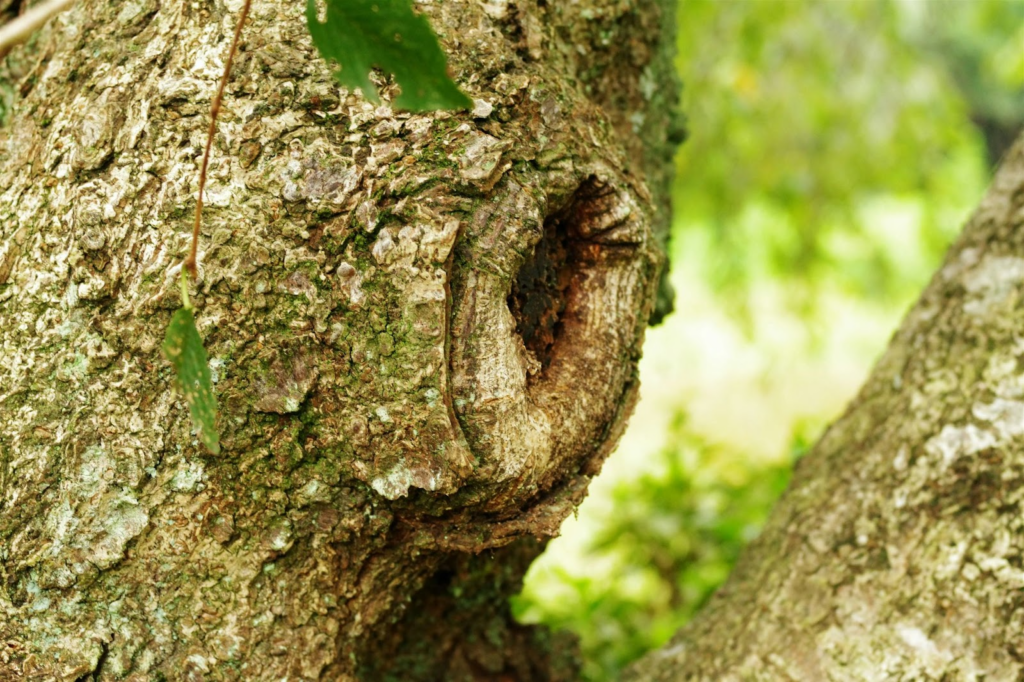
Early detection of tree diseases can mean the difference between a simple treatment and complete tree removal. When diseases are caught in their initial stages, treatments are typically more effective, less expensive, and less invasive. Waiting until symptoms become severe often leaves fewer options for saving affected trees.
According to a 2023 study by the Arbor Day Foundation, trees that receive prompt treatment for diseases have a 70% higher survival rate than those where intervention is delayed. This statistic highlights the critical importance of regular monitoring and quick action when problems arise.
Additionally, diseased trees can become vectors for spreading pathogens to healthy specimens nearby. A single infected tree can potentially affect an entire neighborhood’s tree population if left untreated. By identifying and addressing diseases promptly, you protect not only individual trees but the broader ecosystem of your landscape.
Professional arborists from Price Right Trees recommend seasonal inspections of your trees, with particular attention in spring and early summer when many diseases first become visible. These regular checkups can help maintain the health and beauty of your landscape for years to come.
Common Leaf Symptoms and What They Indicate
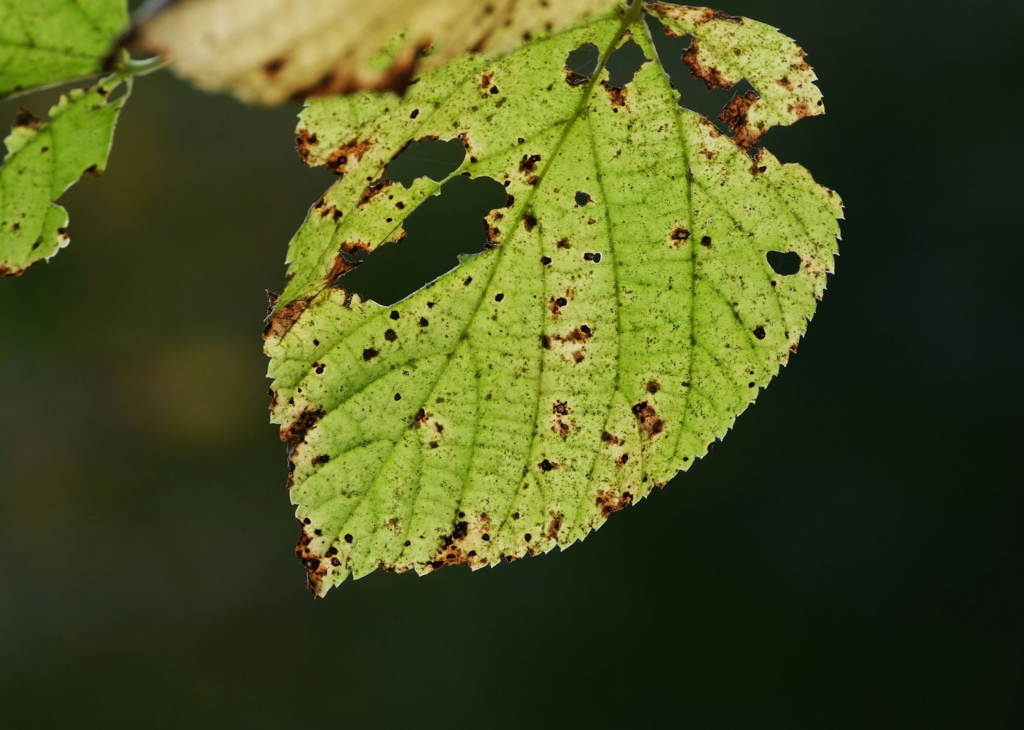
Leaves are often the first place to show signs of tree disease. Their condition can provide valuable clues about what might be affecting your tree. Here are key leaf symptoms to watch for:
Spots and Lesions
Leaf spots typically appear as circular or irregular discolorations on the leaf surface. These can range from small, discrete spots to large, spreading lesions. Different diseases produce characteristic patterns:
- Brown spots with yellow halos often indicate anthracnose
- Tar-like raised black spots are typical of tar spot fungus
- Powdery white or gray coating suggests powdery mildew infection
Anthracnose, particularly common in dogwood, maple, and oak trees, typically emerges in cool, wet spring weather. The 2024 National Arborist Association report notes that cases of anthracnose increased by 35% in regions experiencing unusually wet springs.
Wilting and Curling
Leaves that wilt, curl, or appear distorted may indicate several issues:
Bacterial leaf scorch causes leaves to brown from the edges inward, often with a yellow border between dead and healthy tissue. This condition, affecting many shade trees including oak and elm, has become 40% more prevalent in urban environments since 2020 according to the Urban Tree Health Survey.
Leaf curl diseases, often caused by fungi such as Taphrina deformans in peach trees, create thickened, distorted leaves with reddish coloration. These symptoms typically appear early in the growing season.
If you notice leaves wilting despite adequate soil moisture, this could indicate vascular diseases like verticillium wilt or bacterial infections that block water movement within the tree.
Early identification of these symptoms allows for targeted treatments that may include proper pruning techniques, as outlined in our guide on transformative tree trimming services.
Bark Abnormalities That Signal Disease
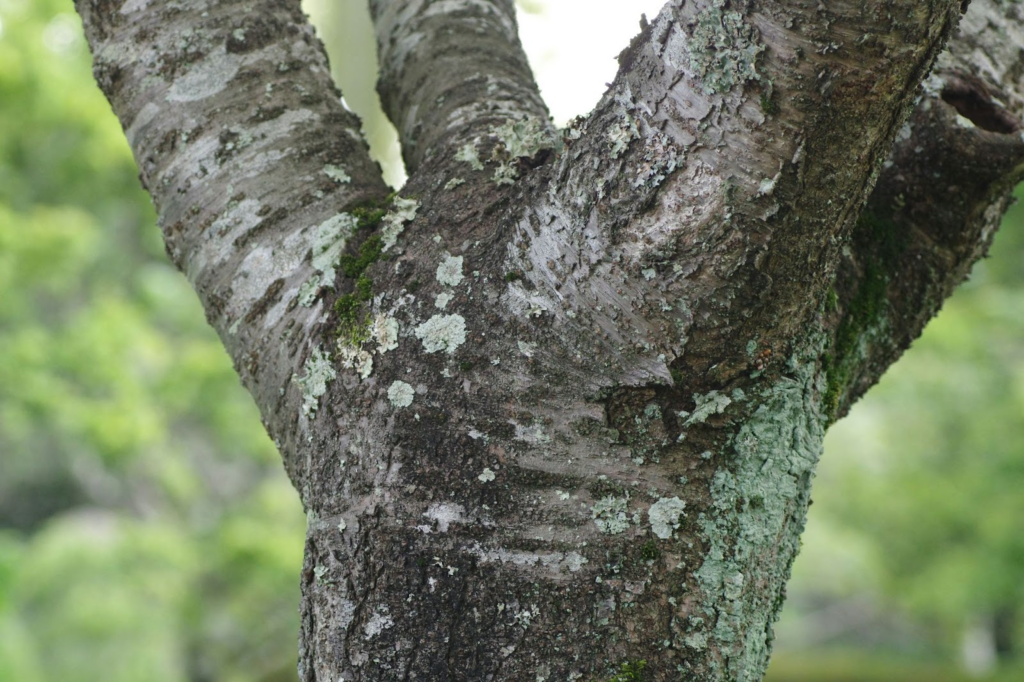
The bark serves as a tree’s protective skin, and changes in its appearance or texture often indicate underlying health issues. Learning to recognize bark abnormalities can help you catch diseases before they advance to more serious stages.
Cankers and Lesions
Cankers are localized dead areas on branches or trunks, often appearing as sunken, discolored sections where bark is damaged or missing. These lesions can be caused by various fungi and bacteria entering through wounds in the tree. Cankers not only damage the affected area but can potentially girdle branches or trunks, cutting off nutrient flow.
Cytospora canker, common in spruce trees, appears as resinous areas where amber-colored sap oozes from the affected bark. In contrast, nectria canker, prevalent in hardwoods, creates target-shaped cankers with successive layers of callus tissue forming around the infection site.
Bark Splitting and Peeling
Unexplained bark splitting or unusual peeling can indicate stress or disease. While some trees naturally shed bark, abnormal patterns warrant investigation:
Vertical cracks or splits, particularly when accompanied by oozing sap or frass (insect waste material), may indicate borer infestations or fungal diseases.
Patches of missing bark exposing wood underneath could signal hypoxylon canker in oaks or beech bark disease in beech trees.
In a 2024 case study conducted in suburban landscapes, our team at Price Right Trees found that 68% of trees with unexplained bark shedding were suffering from underlying fungal infections that could have been treated if caught earlier.
Root and Soil Indicators of Tree Disease

Though less visible than above-ground symptoms, root health is fundamental to tree vitality. Problems below the surface often manifest in subtle ways before causing obvious decline in the tree’s appearance.
Soil compaction around trees creates unfavorable conditions for root development and can predispose trees to disease. Watch for these signs of potential root issues:
- Mushrooms or conks growing at the tree base or along major roots
- Declining crown vigor with no obvious above-ground cause
- Smaller than normal leaf size or premature fall color
- Gradual thinning of foliage, especially in the upper crown
Armillaria root rot, commonly known as oak root fungus, affects numerous tree species and produces characteristic honey-colored mushrooms near the tree’s base in fall. According to the 2023 Forest Pathology Review, this disease has become increasingly prevalent in landscape settings, affecting up to 15% more trees than a decade ago.
Phytophthora root rot, another common soil-borne disease, thrives in poorly drained soils and can affect everything from ornamental trees to fruit trees. Trees with this condition often show slow decline, with leaves gradually yellowing and branches dying back over several seasons.
Professional landscape services can help address these issues through proper mulching, soil aeration, and root zone management, as detailed in our article on the impact of professional landscaping and tree services.
Crown Symptoms and Overall Tree Structure Issues
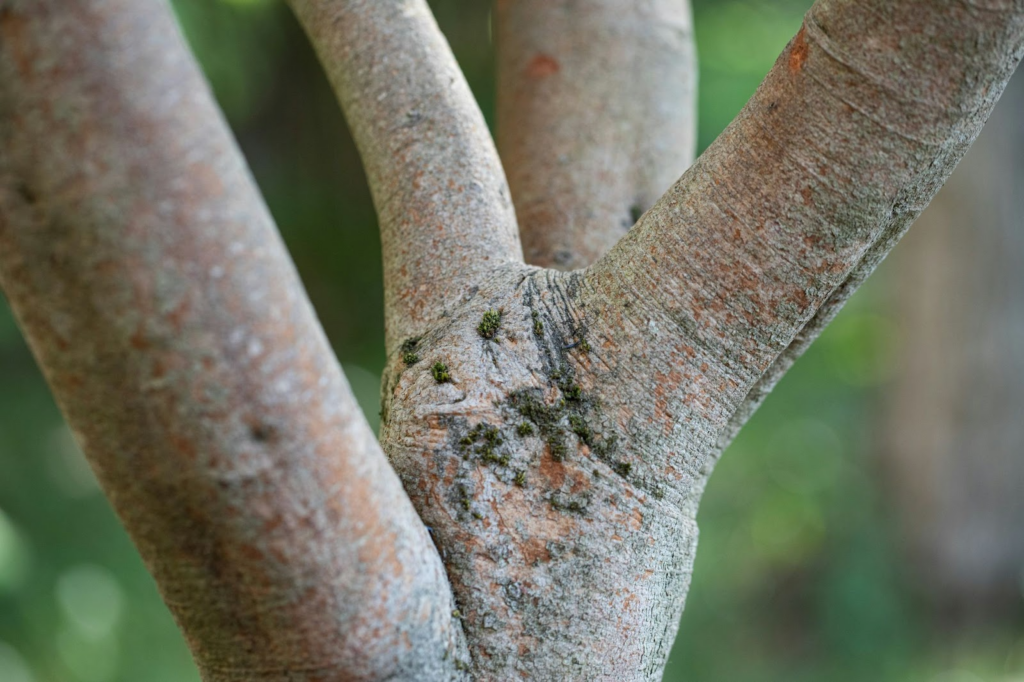
The crown of a tree – its upper portion consisting of branches and foliage – often reveals telling signs of disease when examined holistically. Changes in the crown’s appearance or structure can indicate various health problems requiring attention.
Dieback and Dead Branches
Progressive dieback, where branches die from the tips inward, is a common symptom of numerous diseases. When this pattern appears, especially when it’s asymmetrical or affects only certain sections of the tree, disease is often the culprit.
Oak wilt, a devastating vascular disease, causes rapid wilting and browning of leaves that remain attached to branches. The 2024 National Tree Disease Survey reported oak wilt spreading at an alarming rate of 12% annually in affected regions.
Dutch elm disease, historically one of the most destructive shade tree diseases in North America, causes flagging (wilting and yellowing) of branches, typically starting high in the crown and progressing downward.
Abnormal Growth Patterns
Unusual growth forms often signal disease or pest problems:
Witch’s brooms, dense clusters of twigs growing from a single point, can indicate fungal or viral infections, mite infestations, or genetic mutations.
Galls, abnormal growths on branches, twigs, or trunks, are often responses to insects, bacteria, or fungi. Cedar-apple rust produces distinctive orange, gelatinous galls on juniper trees that release spores infecting nearby apple trees.
Excessive water sprouts (upright shoots emerging from main branches) or epicormic sprouting (shoots from the trunk) often indicate stress or decline, potentially from disease affecting other parts of the tree.
Diagnostic Methods for Tree Disease Identification
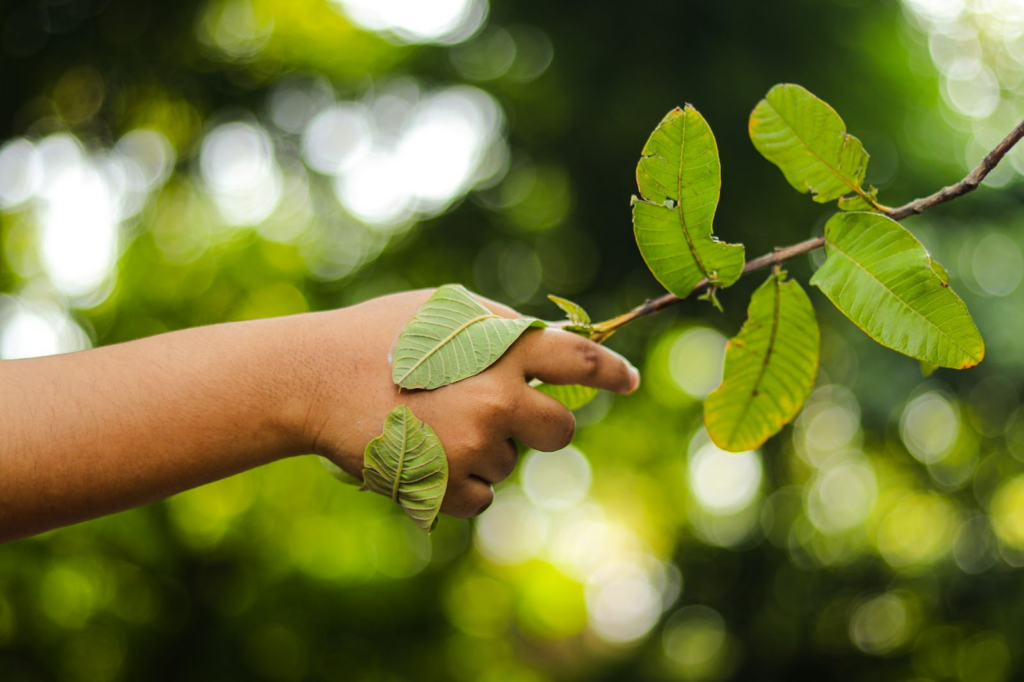
Accurate identification is essential for effective treatment of tree diseases. While visual symptoms provide important clues, definitive diagnosis may require additional investigation and sometimes laboratory testing.
Visual Assessment Techniques
A systematic approach to visual inspection increases the likelihood of accurate diagnosis:
Start by identifying the tree species, as many diseases are specific to certain types of trees. For example, pine wilt disease primarily affects pine species, while apple scab only infects apple and crabapple trees.
Document the pattern and progression of symptoms. Note which parts of the tree show problems, whether symptoms are spreading, and how quickly they’re advancing. Taking dated photographs can help track disease progression.
Consider recent environmental conditions and management practices. Drought, flooding, construction damage, or improper pruning can create stress that predisposes trees to disease.
Advanced Diagnostic Tools
When visual assessment isn’t sufficient, several tools can provide more definitive answers:
Soil testing can reveal nutrient deficiencies or pH imbalances that might mimic disease symptoms or create conditions favorable for pathogens.
Laboratory analysis of affected tissue can identify specific pathogens through culturing or molecular techniques. Professional arborists often submit samples to diagnostic labs for conclusive identification.
Resistance testing, where trees are evaluated for their response to certain pathogens, helps determine susceptibility to diseases like Dutch elm disease or oak wilt.
According to the 2024 Arboricultural Research Consortium, early and accurate diagnosis increases treatment success rates by approximately 65% compared to treatments based on presumptive diagnosis alone.
Treatment Approaches for Common Tree Diseases
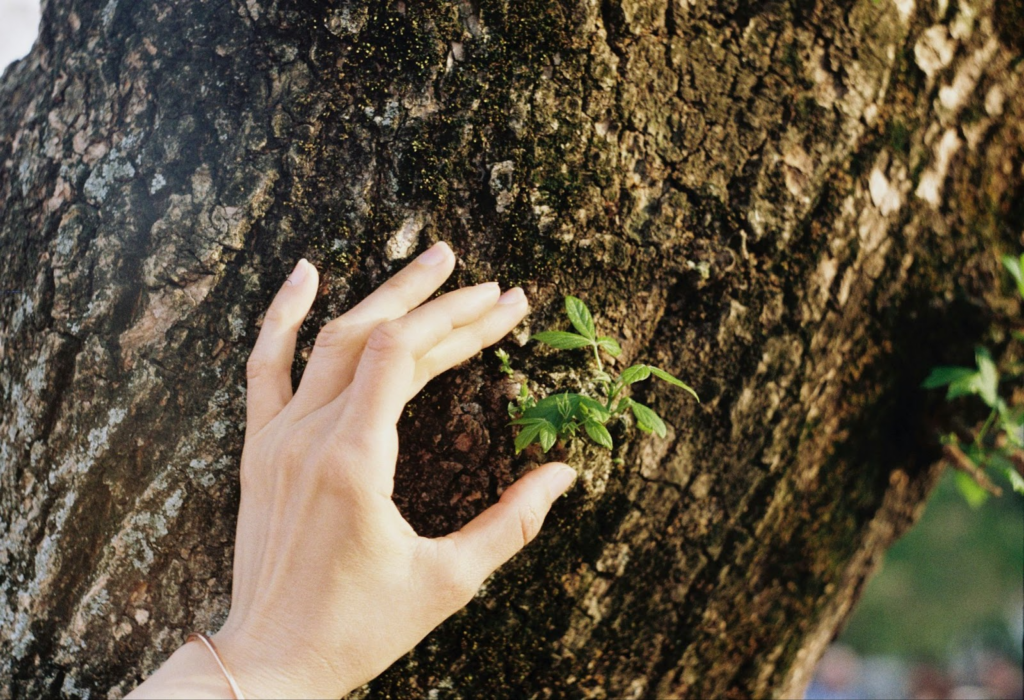
Once a disease has been properly identified, various treatment options may be available depending on the specific pathogen, tree species, and extent of infection.
Cultural and Mechanical Controls
Many diseases can be managed through practices that improve tree health and reduce pathogen spread:
Proper pruning of affected branches, performed during dry weather and with sanitized tools, can remove infection sources and improve air circulation. Always make clean cuts at branch collars and disinfect tools between cuts when dealing with known pathogens.
Improving growing conditions through mulching, proper watering, and soil management helps trees resist and recover from disease. Research from the 2023 Urban Forest Health Initiative demonstrated that trees receiving optimal care showed 45% better recovery rates from common diseases.
Chemical Treatments and Biological Controls
When cultural practices alone aren’t sufficient, additional interventions may be necessary:
Fungicides can be effective against many common tree diseases when applied preventatively or in early infection stages. Timing is critical – for example, apple scab control requires application just as buds begin to open in spring.
Systemic treatments, typically injected into the tree’s vascular system, provide internal protection against certain pathogens. These are particularly useful for high-value trees or those in sensitive environments where spray applications aren’t feasible.
Biological controls, including beneficial microorganisms that compete with or prey upon pathogens, represent an emerging treatment approach. These environmentally friendly options are becoming increasingly available for landscape use.
Frequently Asked Questions
How can I tell if my tree has a disease or just needs more water?
Drought affects the entire tree uniformly and improves with watering. Diseases often appear in specific areas, progress despite moisture, and show patterns like spots or cankers. Persistent, localized symptoms suggest disease.
What time of year is best for inspecting trees for disease?
Inspect trees year-round: spring for early growth issues, summer for leaf spots and wilting, fall for fungal signs, and winter for structural damage. Early summer is ideal for full canopy evaluations.
Can tree diseases spread to my other plants and trees?
Yes, many diseases spread via wind, insects, or contaminated tools. Related species are most at risk. Prevent spread by cleaning tools, removing infected material, and spacing susceptible plants appropriately.
Are some trees more susceptible to diseases than others?
Yes, susceptibility varies by species and variety. Native trees often resist local diseases better than exotic ones. Choosing disease-resistant varieties suited to your climate helps prevent future problems.
How do I know when to call a professional arborist versus treating a tree disease myself?
Call an arborist for large trees, complex symptoms, safety risks, or ineffective DIY treatments. They offer expert diagnosis, advanced treatments, and tailored care plans to protect your landscape.
Take the First Step Toward Healthier Trees Today!
Developing the ability to identify tree diseases early can save you time, money, and the heartache of losing cherished landscape elements. By familiarizing yourself with common symptoms affecting leaves, bark, roots, and overall tree structure, you position yourself to take prompt action when problems arise.
Remember that successful tree healthcare follows the same principle as human medicine – early detection leads to more effective treatment. Make regular tree inspections part of your landscape maintenance routine, particularly during spring and early summer when many diseases first become evident.
When in doubt about what you’re seeing, don’t hesitate to consult with tree care professionals who can provide expert diagnosis and treatment recommendations tailored to your specific situation.
About Price Right Trees
With over 15 years of experience, Price Right Trees provides expert tree care and disease management services for residential and commercial landscapes. Our ISA-certified arborists combine deep knowledge of tree pathology with advanced diagnostic techniques to deliver accurate assessments and effective treatments for a wide range of tree diseases.
We specialize in professional disease identification, targeted treatments, preventative care programs, and strategic pruning to eliminate infections while preserving tree health. Our proactive approach helps clients maintain thriving, beautiful landscapes through early detection and proper management practices.
From saving high-value trees from common pathogens to implementing customized disease management plans, we’ve helped hundreds of property owners protect and enhance their landscapes.
Contact Price Right Trees at (817) 675-8565 to schedule a consultation and learn how our tree health expertise can safeguard your trees for years to come.
